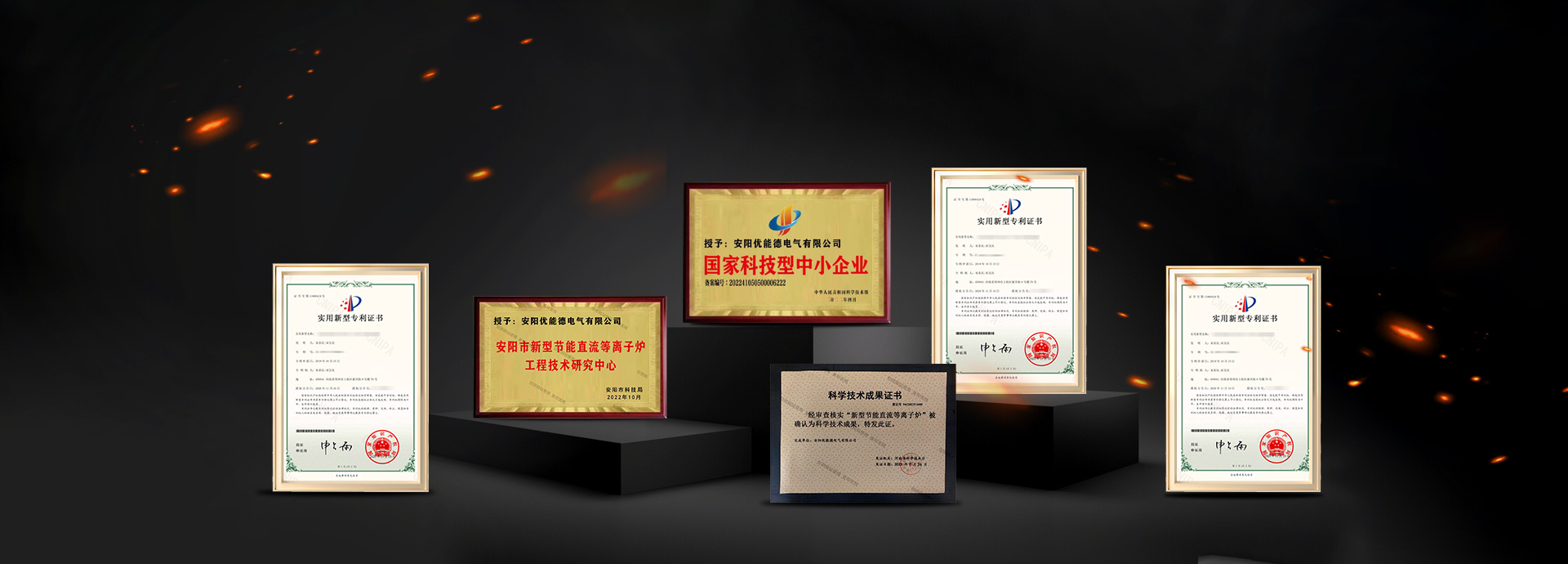Introduction to Electric Arc Furnace * *!
Update Time: 2020-12-18 Follow: 3136
Introduction
Catalog Classification Composition Working Principle Advantages and Disadvantages Usage
Classification
According to the heating method, electric arc furnaces can be divided into three types: indirect heating, direct heating, and submerged arc.
.
1、 Indirect heating electric arc furnace is a process in which an electric arc is generated between two electrodes, without contact with the material, and heats the material by thermal radiation. This type of stove has high noise, low efficiency, and is gradually being phased out.
2、 Direct heating electric arc furnace is a process in which an electric arc is generated between the electrode and the material, directly heating the material. The three-phase electric arc furnace used for steelmaking is a commonly used direct heating electric arc furnace.
2、 Submerged arc circuit is also known as reduction electric furnace or ore thermal electric furnace. One end of its electrode is buried in the material layer, forming an arc inside the material layer and using the resistance of the material layer itself to heat up the material. Commonly used for smelting ferroalloys, melting nickel and copper ice, and producing calcium carbide.
Composition
1. Power supply: electric furnace transformer (rectifier), high voltage power supply, low voltage electrical control cabinet, etc;
2、 Electrode parts: electrode lifting device, conductive cross arm, electrode type, etc;
3、 Furnace body: furnace shell, furnace cover, furnace body tilting mechanism, etc;
4、 Short network section: conductive copper bars, water-cooled cables, etc;
5、 Cooling water system.
Working principle
Electric arc furnace melting uses the heat generated by the electric arc between the graphite electrode and the iron material (molten iron) to melt the iron material and overheat the molten iron.
. In the process of electric arc furnace melting, after the iron material is melted, the smelting operation of further increasing the temperature and adjusting the chemical composition is carried out under the condition of slag covering the molten iron. Electric arc furnaces are divided into acidic and alkaline types based on the properties of slag and lining refractory materials. Alkaline electric arc furnaces have the ability to remove sulfur and phosphorus.
Advantages and disadvantages
The advantage of electric arc furnace melting is its strong ability to melt solid furnace materials, and the molten iron is superheated and its chemical composition is adjusted under the condition of slag coverage, which can to some extent avoid the absorption of molten iron and the oxidation of elements.
. This creates favorable conditions for melting low-carbon cast iron and alloy cast iron. The disadvantage of electric arc furnaces is that they consume more energy and are not as economical as blast furnaces from a melting perspective. Therefore, in the production of cast iron, the double melting method of blast furnace and electric arc furnace is often used. Due to the poor resistance to rapid cooling and heating of alkaline arc furnace lining, the service life of the lining is short under intermittent melting conditions, resulting in high melting costs. Therefore, acid arc furnaces are often used in combination with blast furnaces.
Purpose
1. Steel smelting and ferroalloy refining;
;
2、 Melting of high titanium slag and welding slag;
3、 Melting of high-temperature refractory materials such as alumina, magnesium oxide, and aluminum calcium cement;
4、 Melting of stainless steel grinding wheel dust and oxide scale.
In summary, the electric arc furnace manufacturer has introduced relevant information about electric arc furnaces to you. For more related information, please stay tuned: http://www.ayynd.com/


